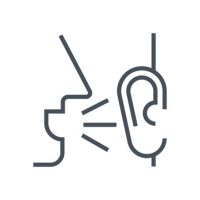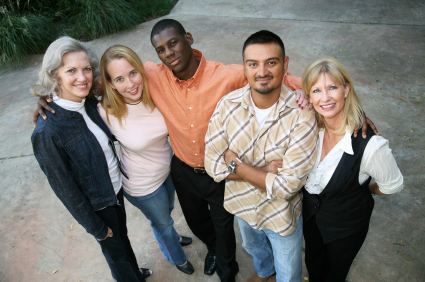
Leading an organization is like driving a car.
Okay, it’s not exactly like that, but it is similar.
Leading an organization is hard work and that’s regardless of the size of the organization — or even the strength of a team. It’s true of leading it the church also.
It is often difficult to think through all the issues that the leader should be considering. I have found it helpful at times to compare organizational health and success to other things I may understand even more; things I do everyday. For example, I can consider the health of the team in an organization by comparing it to the dynamics of family relationships. This type exercise helps me clarify principles of organizations I might not otherwise think about and create a paradigm of leadership that hopefully makes leading easier. It’s simply a tool to help you brainstorm.
Recently, when I was facing a difficult leadership season, and was also driving somewhere for a meeting, I thought about how organizations have a great deal in common with the road system most of us use everyday. I began thinking how leading an organization can at times be like driving a car and it helped me process some issues relative to our organizational health.
Here are 7 ways leading is like driving a car:
Freeways – Sometimes the organization can proceed quickly, with limited interruption. (We like those times.) they don’t come very often.
Potholes – Small things often slow the organization down, but progress still continues. (Good leaders take time to address potholes before they become major road damage.)
Detours – Often the organization is still heading for the same end goal, but may be forced to go at it from a different direction. (Too many times, instead of detouring we change our destination. We give up too quickly.)
Speed bumps – There are times we need to slow down, reflect on where we are, adjust our speed, and continue forward. (We can’t always keep the pace of the freeway, so we consider when a speed bump is in order. I’m guilty of this one. If I’m not careful we are constantly in the freeway mode. It can be dangerous for the health of the team.)
Exits – These provide a safe way off the freeway to refuel, relax, and readjust the direction. (We shouldn’t wait too long to find the needed exit, even if it’s for a short bathroom break! I learned that one from my wife 
Accidents – Accidents can be our fault or the fault of another, but they often set us back for a period of time. (when mistakes happen, see what needs repairing, what needs replacing, and when to call it a “total loss”.)
Flat tires – At times, team members can be injured by simply wearing out, a serious puncture wound, or damage caused by another. (Leaders should always be watching the health of the tires. One flat tire on the team can derail the entire trip.)
Road signs – In every organization, there are signs which the leader needs to learn to recognize — when momentum slows, when people are stressed, or when the vision needs refueling. (First, good leaders learn to recognize these signs directional or the warning signs, but then they don’t ignore them. Signs are for an intentional purpose.)
The list of these imageries could continue much longer. You could attach ideas to things such as stop lights, reverse, neutral, intersections, road rage, etc…anything that helps you think, but by now you should have the idea I’m working with in this post.
What other road illustrations could you make as they relate to organizational success?
You can carry these thoughts even further than I have, with how to address each issue, how addressing them with your travel would relate to how you address them in the organization, and how each one impacts you safely reaching your destination. Again, this is just a framework by which to help you think through more complex organizational issues about which you may not otherwise think. It might even be a helpful brainstorming tool to use as a team.
For example, ask your team what “speed” they think you’re currently moving as an organization. See how many differing responses you receive.
Can you see how an exercise like this can be helpful in thinking through organizational health and success?






 Logging you in...
Logging you in...
 Loading IntenseDebate Comments...
Loading IntenseDebate Comments...
Great article, I like it. Thank you very much for sharing this valuable post with us.
Great post and awesome analogy.
Thank you!